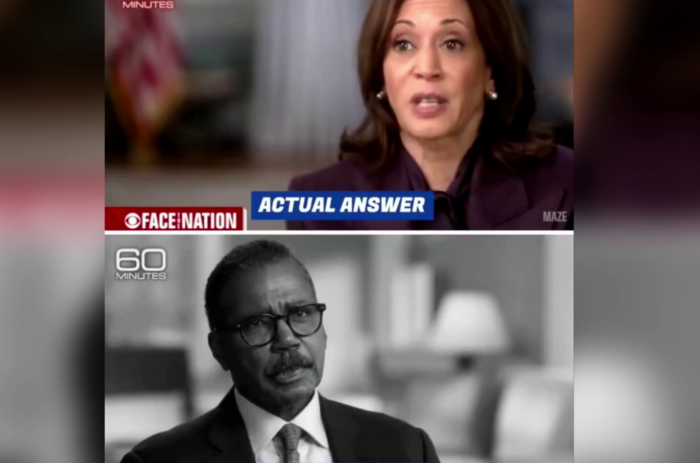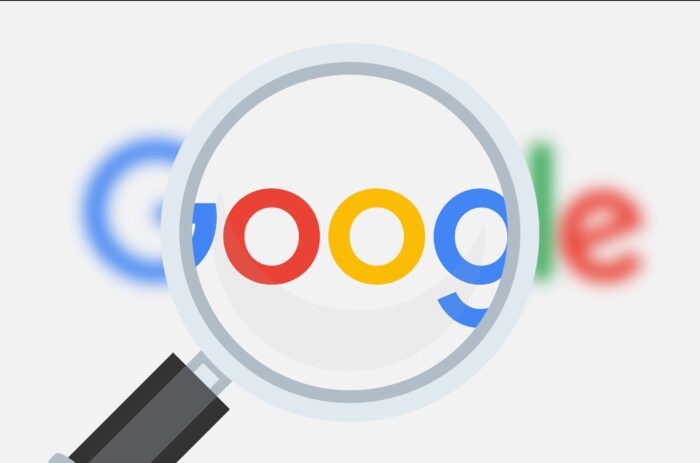redo Jump to...
print Print...
Directions
-Read the excerpt below from the "Best of the Web" post by OpinionJournal.com's editor James Taranto.
-Read "Types of Media Bias" in the right column. Then answer the questions.
From a post by OpinionJournal.com’s editor James Taranto (original post date 8/27/12):
[Is] the New York Times a left-wing paper? …Arthur Brisbane, the Times’ departing “public editor” [had this to say]:
The hive on Eighth Avenue is powerfully shaped by a culture of like minds–a phenomenon, I believe, that is more easily recognized from without than from within.
When The Times covers a national presidential campaign, I have found that the lead editors and reporters are disciplined about enforcing fairness and balance, and usually succeed in doing so. Across the paper’s many departments, though, so many share a kind of political and cultural progressivism [liberalism]–for lack of a better term–that this worldview virtually bleeds through the fabric of The Times.
As a result, developments like the Occupy movement and gay marriage seem almost to erupt in The Times, overloved and undermanaged, more like causes than news subjects.
Politico.com reports that the paper’s head of news, executive editor Jill Abramson, “says she disagrees with Brisbane’s ‘sweeping conclusions’ “:
“In our newsroom we are always conscious that the way we view an issue in New York is not necessarily the way it is viewed in the rest of the country or world. I disagree with Mr. Brisbane’s sweeping conclusions,” Abramson told Politico Saturday night.
“I agree with another past public editor, Dan Okrent, and my predecessor as executive editor, Bill Keller, that in covering some social and cultural issues, the Times sometimes reflects its urban and cosmopolitan base,” she continued. “But I also often quote, including in talks with Mr. Brisbane, another executive editor, Abe Rosenthal, who wanted to be remembered for keeping ‘the paper straight.’ That’s essential.”
Here’s what Dan Okrent wrote, in his 2004 valedictory column, titled “Is the New York Times a Liberal Newspaper?”:
Of course it is. . . .
I’ll get to the politics-and-policy issues this fall (I want to watch the campaign coverage before I conclude anything), but for now my concern is the flammable stuff that ignites the right. These are the social issues: gay rights, gun control, abortion and environmental regulation, among others. And if you think The Times plays it down the middle on any of them, you’ve been reading the paper with your eyes closed.
Is that any different from Brisbane’s point? If anything, Okrent’s criticism was harsher.
To accurately identify different types of bias, you should be aware of the issues of the day, and the liberal and conservative perspectives on each issue.
Types of Media Bias:Questions
[*A news ombudsman is employed by a newspaper to receive and investigate complaints from newspaper readers (or listeners or viewers of radio and television stations) about accuracy, fairness, balance and good taste in news coverage. He or she recommends appropriate remedies or responses to correct or clarify news reports.]1. In the excerpt below, the head of news at The New York Times, executive editor Jill Abramson, “says she disagrees with Brisbane’s ‘sweeping conclusions.'” Do you think the New York Times’ public editor’s [ombudsman] declaration that the newspaper is biased (in favor of the liberal side of social issues) is correct or incorrect? Explain your answer.
2. What motive might Ms. Abramson have for denying that The Times has a bias in favor of the liberal side of the issue?
3. Departing ombudsman Arthur Brisbane wrote: “Across the paper’s many departments, though, so many share a kind of political and cultural progressivism [liberalism]…that this worldview virtually bleeds through the fabric of The Times.” Does reading this cause you to question Times’ news reports on cultural issues? Explain your answer.
Scroll down to the bottom of the page for the answers.
Answers
1. Opinion question. Answers vary.
2. Ms. Abramson might deny The Times has a liberal slant because it could cause readers to question the legitimacy/accuracy of New York Times reporting.
3. Opinion question. Answers vary.



